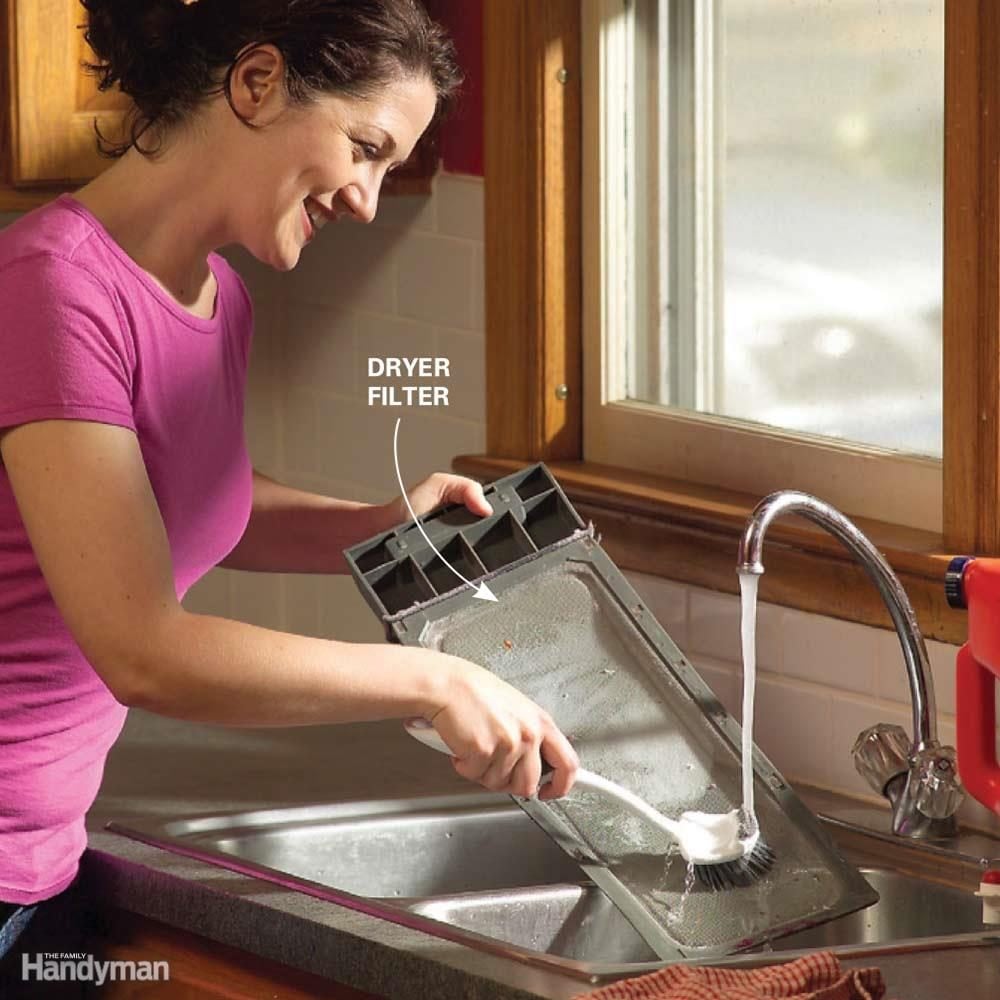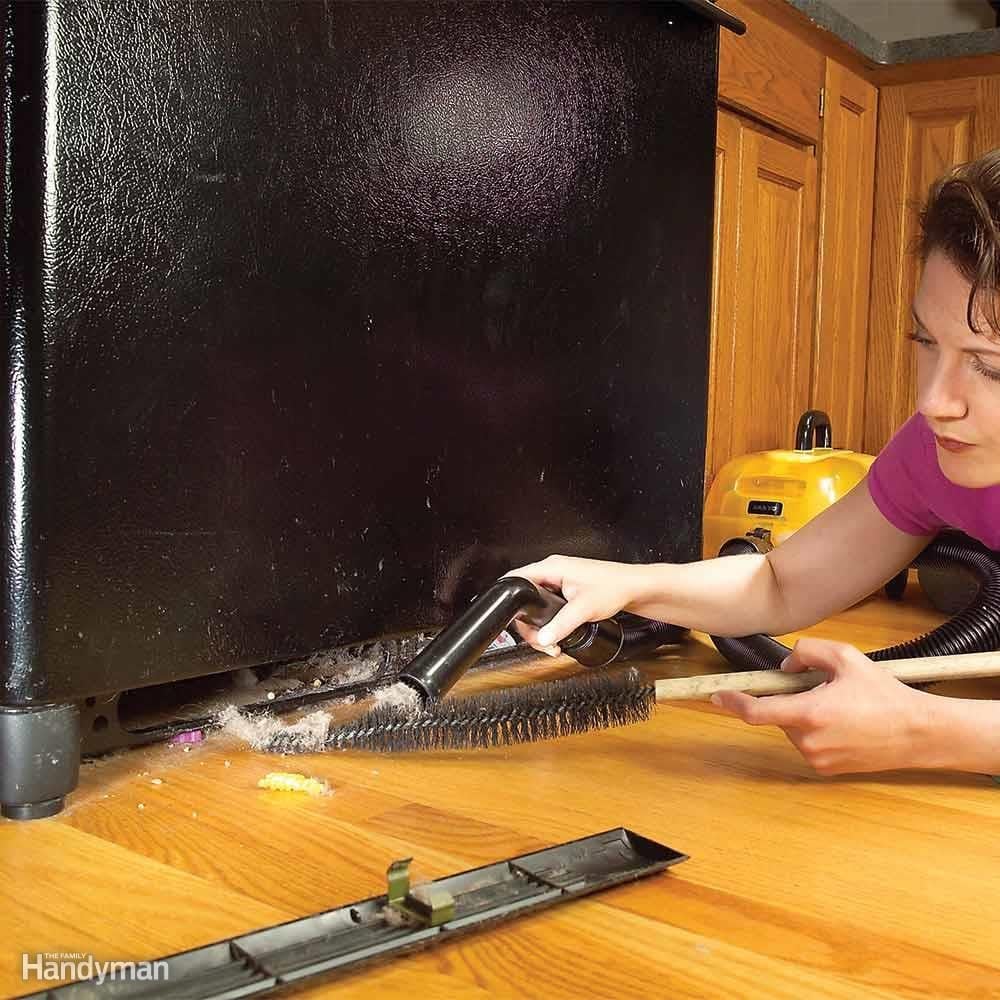
Clean Refrigerator Coils
If your refrigerator stops working on a hot day, suspect the coils. Service pros find this problem on half of their refrigerator calls. On many fridges, you get to the coils by removing the front grille. Then push a coil cleaning brush (sold at home centers) into the coils, pull it back and vacuum it clean. If the coils are located on the back, pull out your fridge to clean them. Bonus: The clean coils will cool more efficiently and save you money on your utility bill!
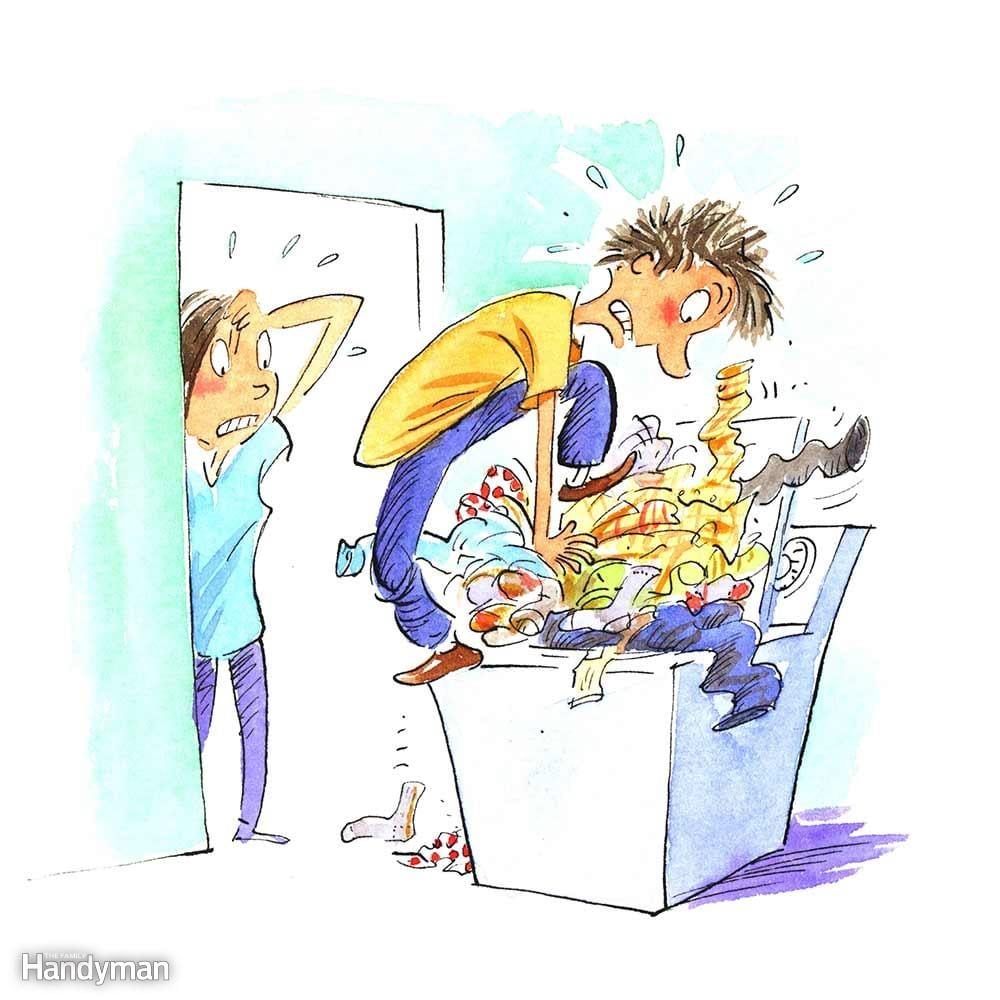
Avoid Overloads
You may think you're saving time, water or energy by cramming more clothes into your washer and dryer. But overloading any washer or dryer causes damage to motors, belts and other moving parts. Some of the repairs are so expensive that you're better off buying a new machine.
Speaking of, learn about who makes your appliances.
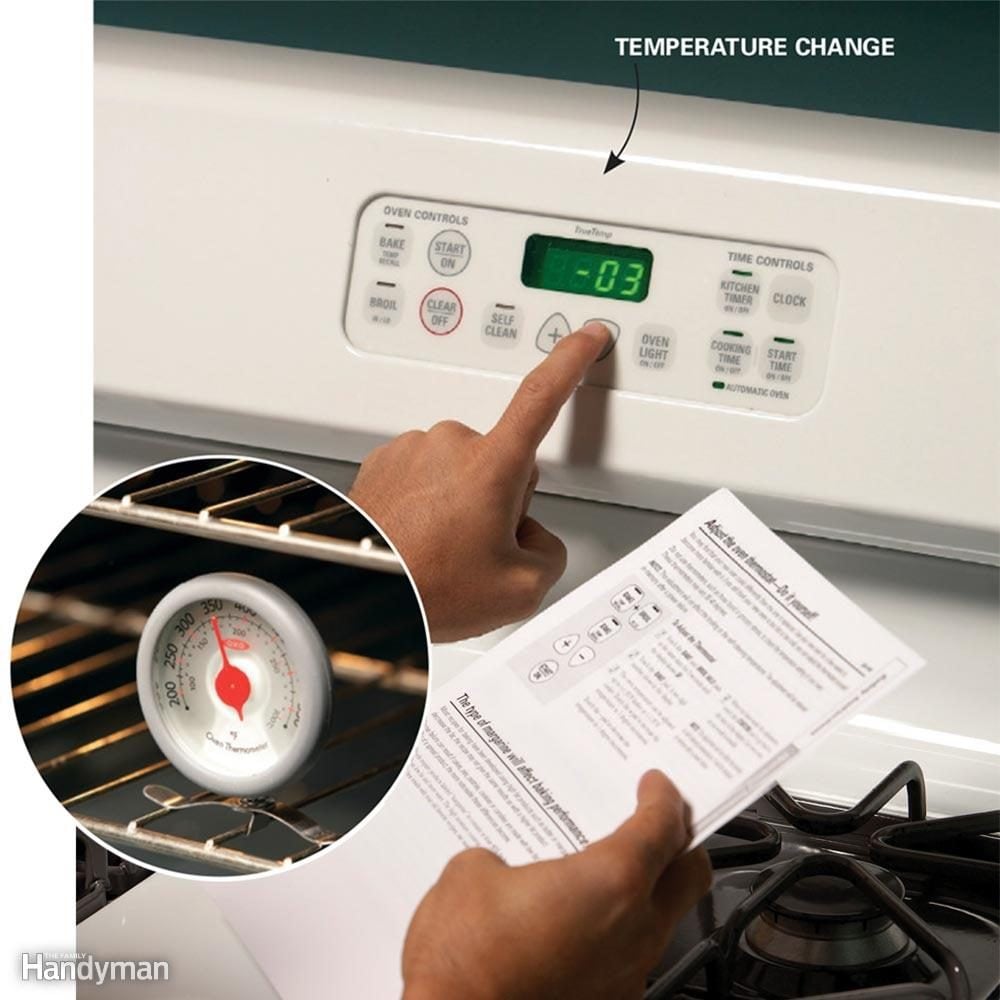
Recalibrate Your Oven Temperature Setting
If the temperature in your oven seems off, or if your new oven just doesn't heat like your old one, you can recalibrate the temperature setting. Use the instructions in your manual or go online and search for a downloadable version using your oven's model number. Place a good-quality oven thermometer on the center shelf and wait for the oven to maintain a constant temperature. Then follow the procedure outlined in your manual to match the temperature setting to the thermometer reading.
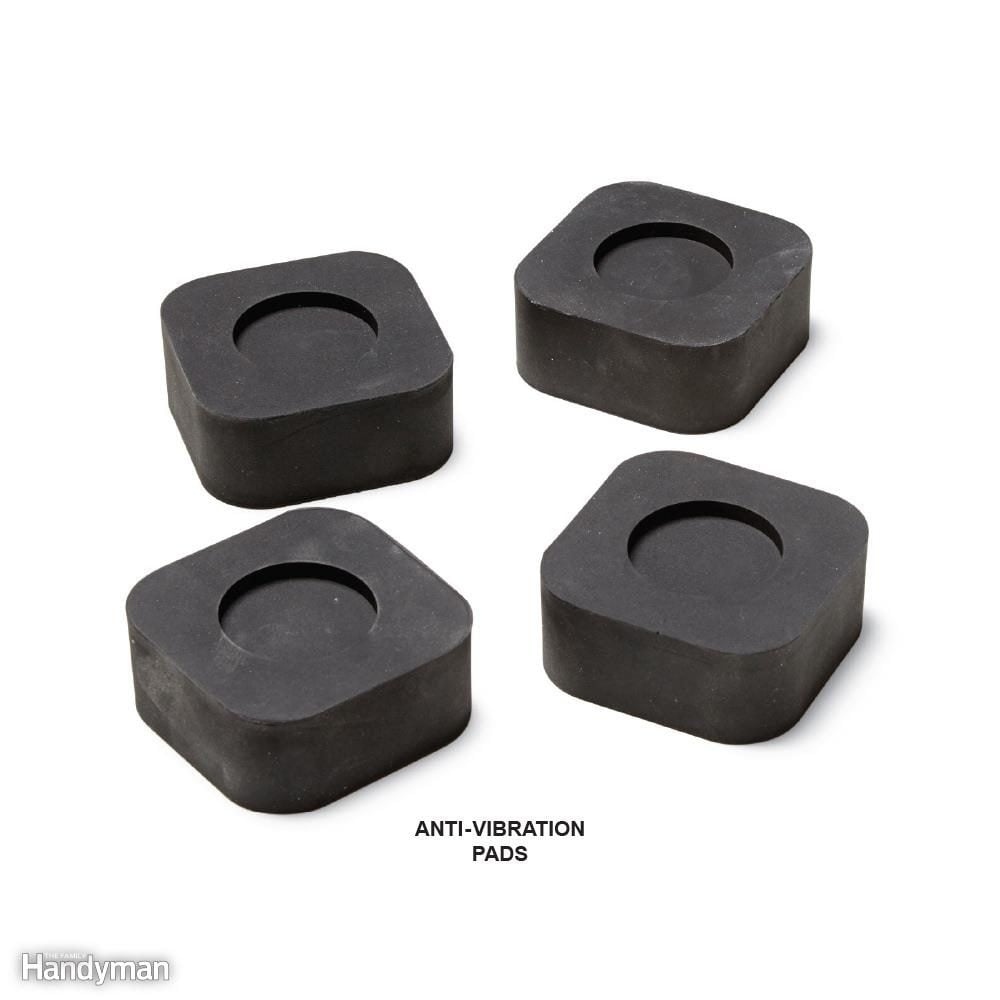
Keep It Quiet
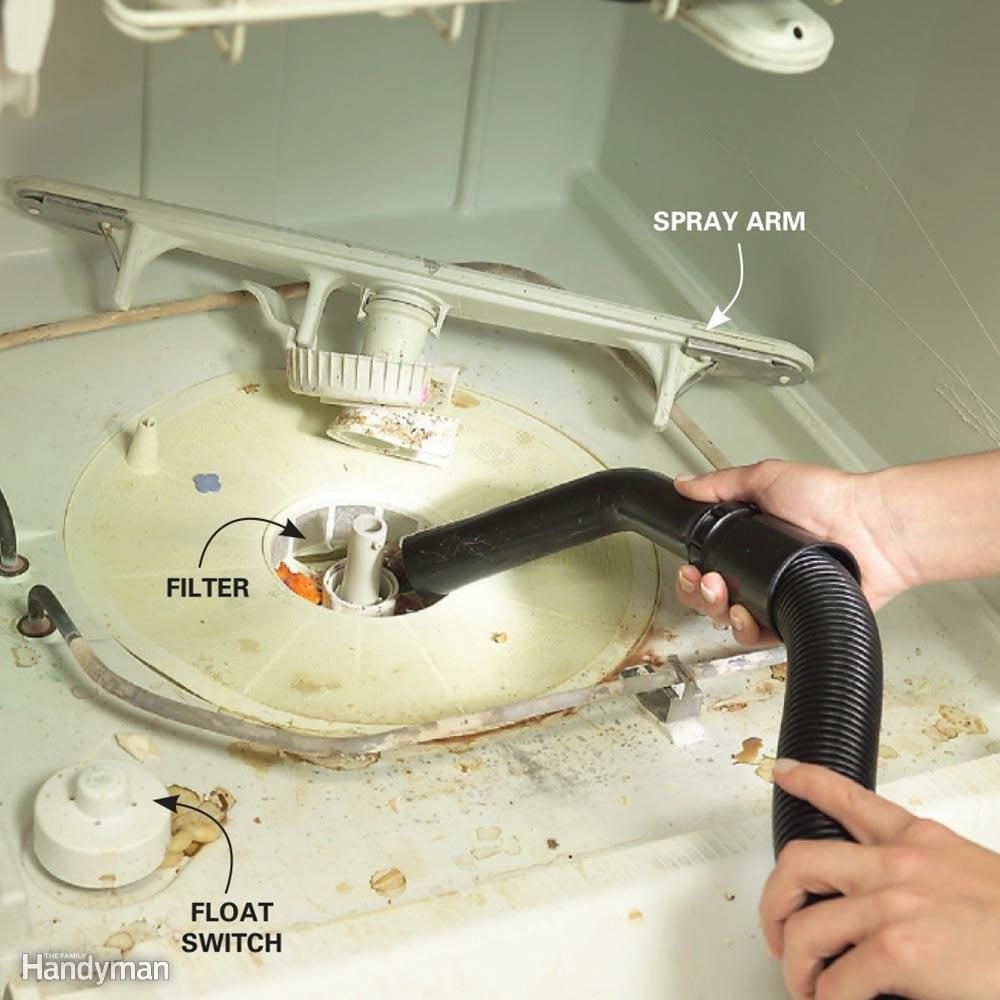
Keep the Dishwasher Clean
When your dishwasher no longer gets your dishes clean, a food-filled filter is most often to blame. If it's clogged, water can't make it to the spray arms to clean the dishes in the top rack. The fix takes two minutes. Simply pull out the lower rack and remove the filter cover inside the dishwasher. (Check your owner's manual if you can't spot the filter.) Then use a wet/dry vacuum to clean off the screen. While you're there, slide the nearby float switch up and down. If the cover sticks, jiggle it up and down and clean it with water.

Don't Slam the Doors!
If you continually drop or slam the lid to your washer or dryer (top or front load), you're going to break the lid/ door switch. That'll cost you at least $100. Avoid this repair by lowering the lid and gently closing the door.
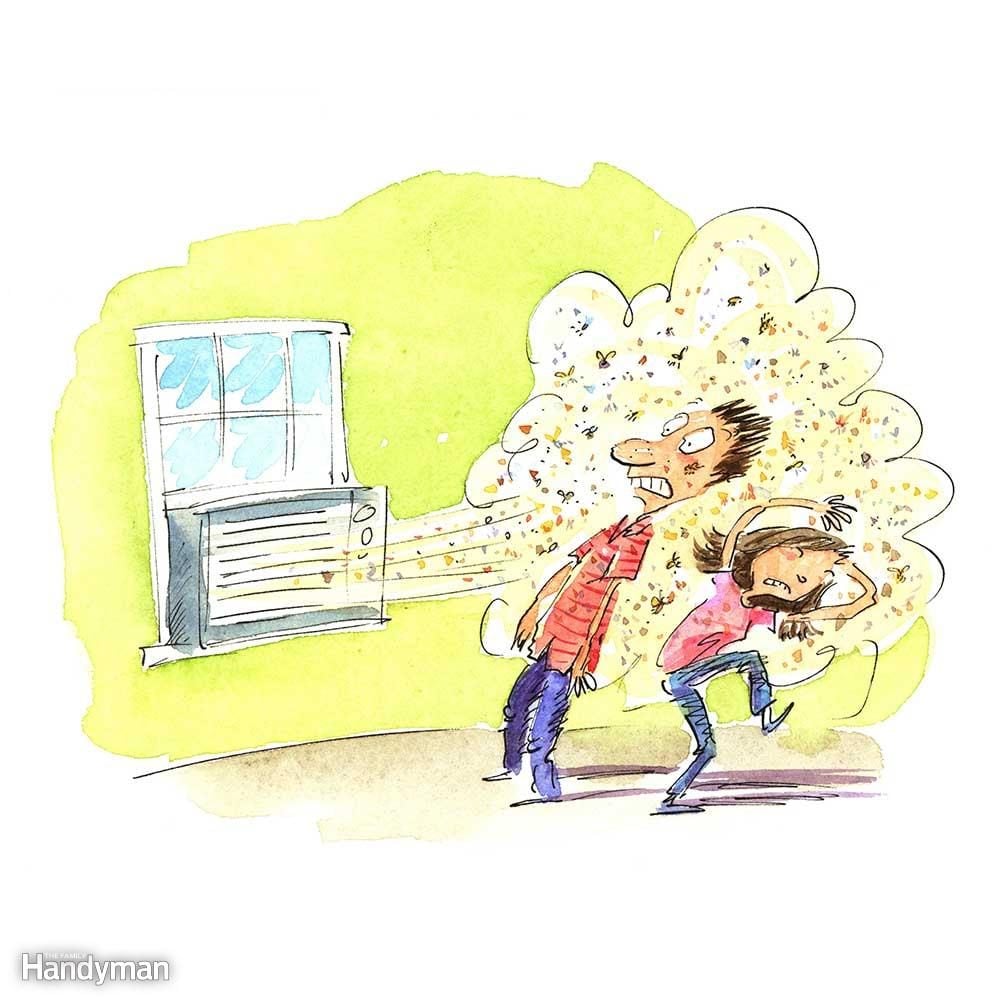
Clean Window Air Conditioners in Spring
A window air conditioner can hold some nasty surprises after winter storage. Aside from harmless stuff like dust and dead bugs, it might contain health threats like mold or mouse droppings. So before you lug it to a window, vacuum all the surfaces, especially the fins on the exterior face of the unit (that's good for efficiency and performance, too). Also pull off the cover panel, and vacuum and clean the foam filter. Finally, plug it in and fire it up. Better to blow dust around the garage than your bedroom.
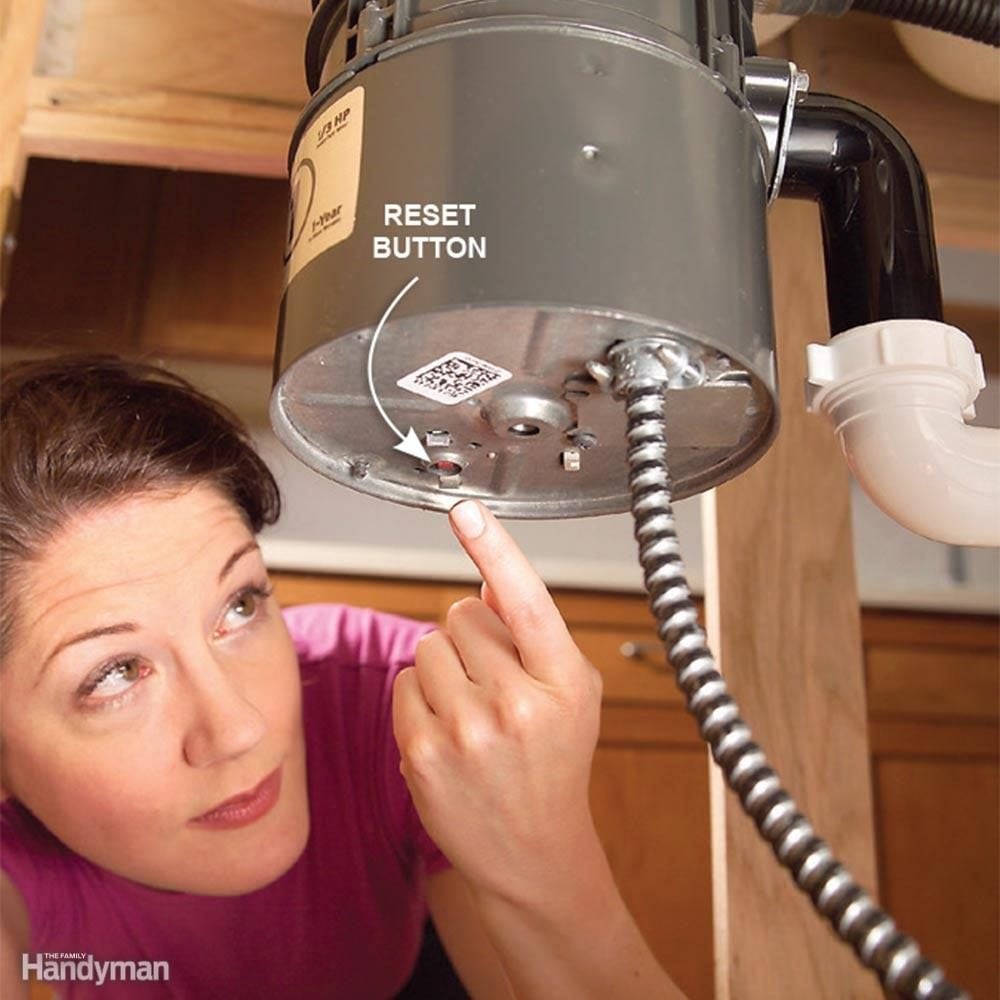
Remember the Magic Button
All disposers have an overload feature that automatically shuts off the power when the motor becomes overloaded and gets too hot. Once the motor cools, simply push the reset button on the side of or under the unit.
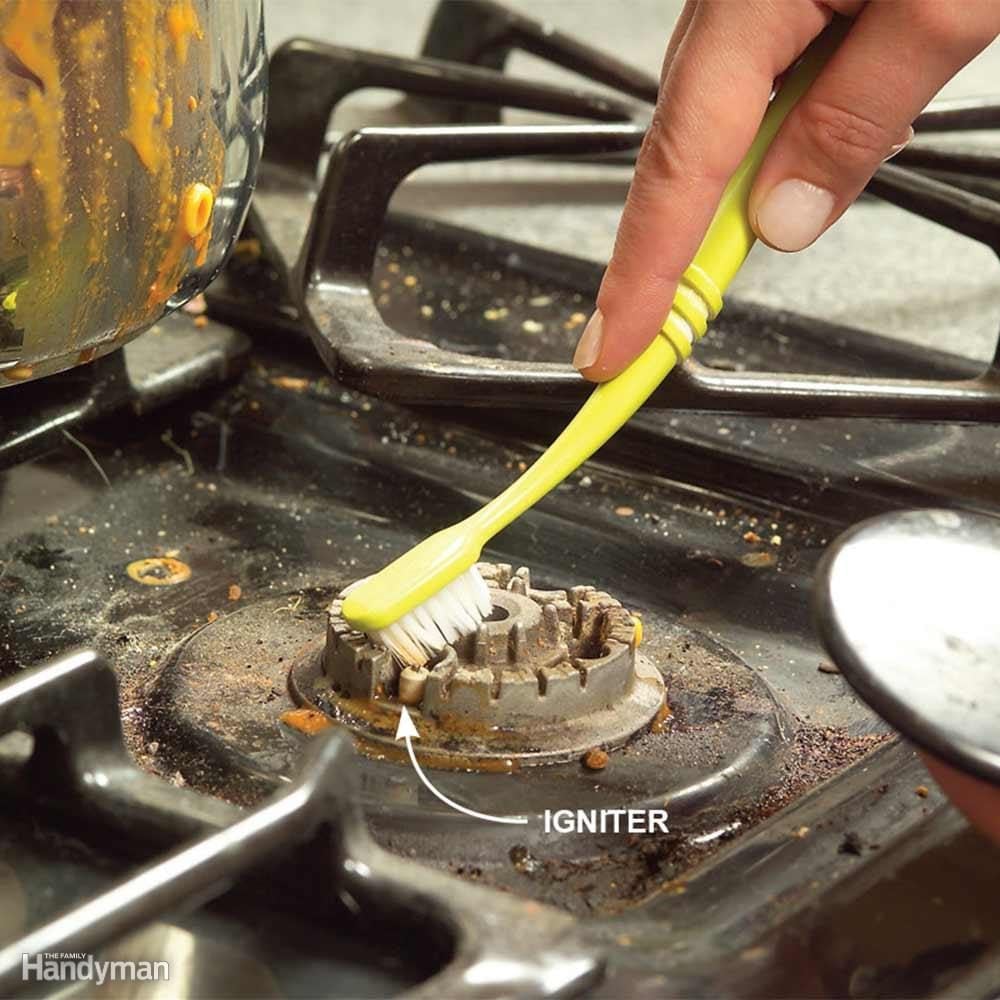
Clean Up Stove Spills
If a stove burner won't come on, the likely culprit is spilled food. Use a toothbrush to clean off food spills from the igniter. On an electronic ignition stove, it's a little ceramic nub located either on the stovetop or under the ceramic seal strike plate. Also make sure that the round ceramic seal strike plate is properly seated on the burner.

Fight Stinky Fridge Syndrome
If your power goes out and the food in your fridge and freezer goes bad, you've got a really stinky mess on your hands. Here's what to do to get rid of the smell:
- Remove the food and wipe everything down with a disinfecting cleaning spray.
- Clean all the nooks and crannies inside the freezer, especially the shelf supports.
- Smash about 12 charcoal briquettes and spread the chunks on two trays. One goes in the fridge, the other in the freezer.
- Crunch up newspaper and fill the shelves with it.
- Close the doors and walk away, giving the charcoal and newspaper time to absorb odors.
- Replace the old newspaper and charcoal with fresh stuff every day for about a week or until the smell is gone.
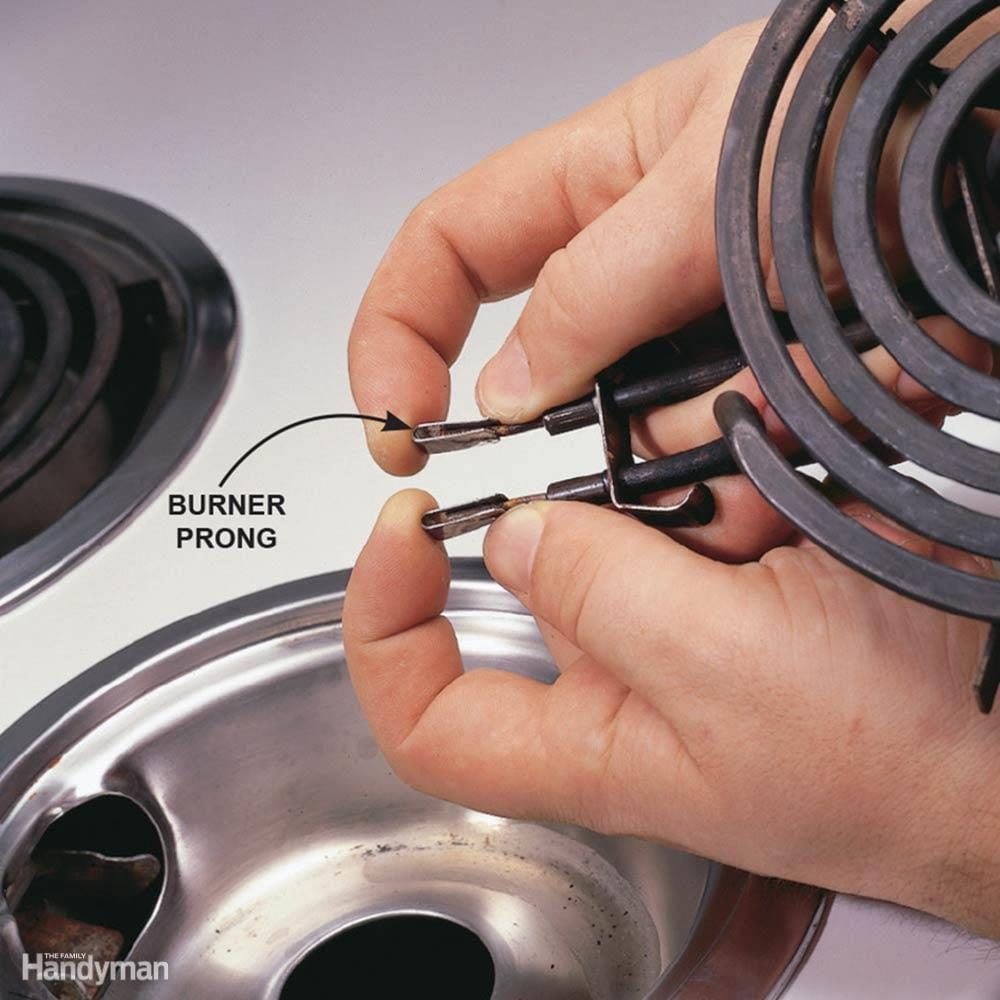
Electric Stove Burners Need Good Contact
If a burner on your electric stove isn't working properly, turn the burner off and pull it out of its socket. Then plug it in again and wiggle it around. If it feels loose, remove the burner again and gently bend the burner prongs slightly outward for a tighter connection.

Clean Fridge Gaskets
If you keep your refrigerator door gaskets clean, they'll seal properly and last the life of the fridge. But if you let sticky foods like syrup and jam build up on the door gasket, they'll glue the gasket to the frame. Pulling harder on a stuck door eventually tears the gasket, and that'll cost you $100 or more to fix. Plus, if the door doesn't seal properly, the fridge has to run longer, and that'll boost your electric bill. Clean the door gasket with warm water and a sponge. Don't use detergents; they can damage the gasket.
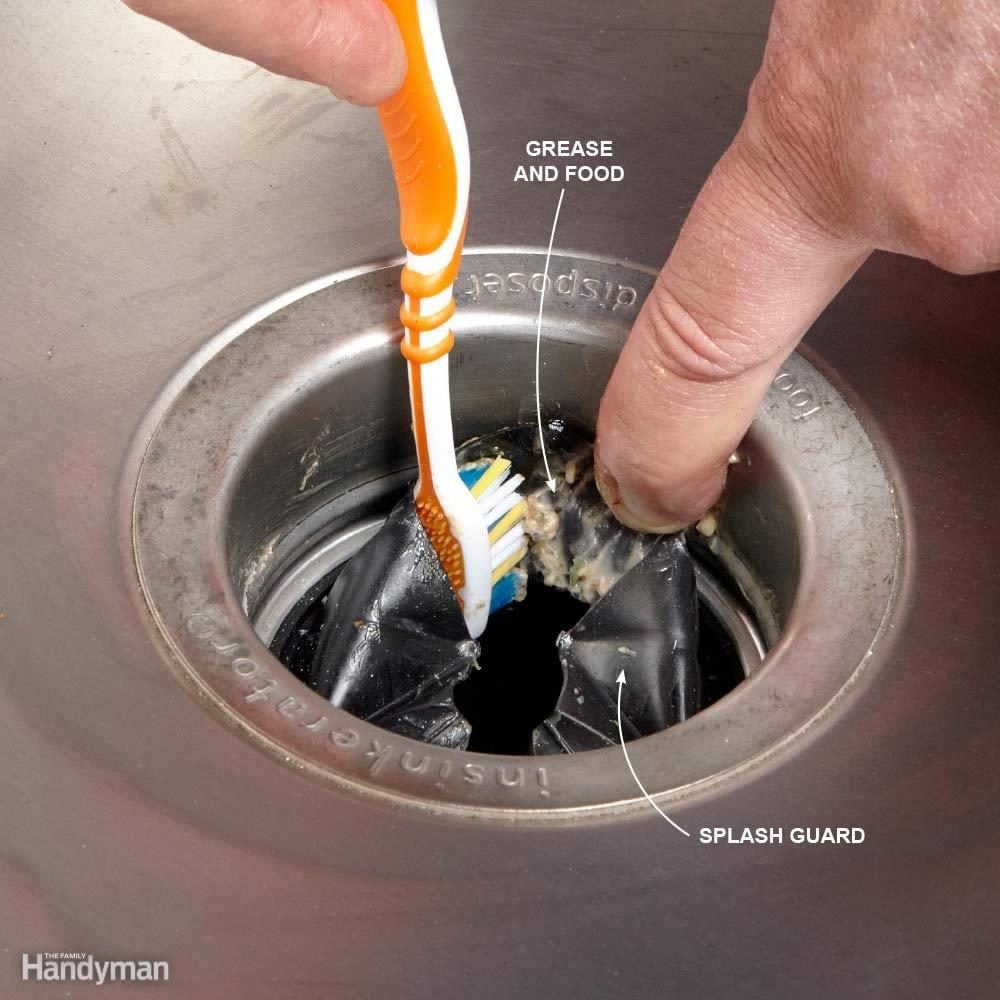
Clean Out Disposer Crud
Your disposer will smell better if you clean the splash guard. Lift the flaps and scrub them (especially the under side) with a toothbrush and grease-cutting cleaner.
